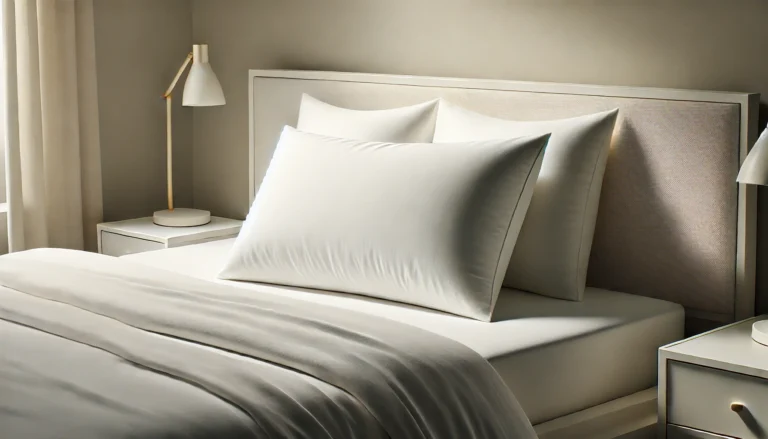Waking up with neck pain can ruin your day before it even begins. For many, the culprit is an unsupportive
If you’re a side sleeper, you know how crucial it is to find the right pillow. The wrong pillow can
Introduction: Sleep style is a key factor in choosing pillows. This post reviews the best feather pillows for back, side,



